Written by: Steven Santerre
Blossom Tales: The Sleeping King is a game currently in development by Castle Pixel, an indie team who focuses on the glory of 1994 and the beauty and fun of the SNES games of old, and it shows. It’s quite clear from the get-go that the game completely harkens back to that of The Legend of Zelda: A Link to the Past. Fortunately, I got to sample the game in the demo preview and got a thorough idea of how the game will turn out.
Story
The story opens up with two children, Lily and Chrys, wandering up to their grandfather to hear a story. The concept is not unlike that of The Princess Bride, with the only difference being a brother and sister rather than a sick boy. So the grandfather tells them the story of a Kingdom, the Kingdom of Blossom, and the savior Lily.
Quickly after that the story begins and Lily is awoken from her slumber similarly to Link in Zelda games of the past. She is a knight-in-training and today is the day of the knighting ceremony. So she hops out of bed and hurries to the castle where King Orchid knights her as Sir Lily of the Rose.
While away doing knightly training, the King’s brother and wizard advisor, Crocus, casts a sleeping spell to incapacitate the King and attempt to take over the throne. It’s up to Lily to find the rare ingredients throughout the land to help the Alchemists create a potion to save the King.
Gameplay
Blossom Tales is exactly what you’d expect it to be if I were to describe it as a “Zelda-like.” It’s top down and plays very, very similarly to games like A Link to the Past and Minish Cap. You are given a sword and shield, some direction and goals to achieve, and they let you explore. The preview build was just a preview, so my options were limited, but I wouldn’t be too surprised if the full version offered full exploration.
A key element to this game is the items you find to solve the puzzles in the overworld and dungeons. The item I found first in the demo was the bomb, which functions just like Zelda. You can lift and throw them and blow up secret walls and monsters. One thing to note is that they borrow the magic system from A Link Between Worlds where using an item uses magic, which regenerates overtime. You can’t exactly spam too many items, but you technically have unlimited. I like this borrowed mechanic because it allows you to always focus on the objective rather than resource management.
As I traveled to the first dungeon, I came across a few secret areas that rewarded me for exploring them. In fact, I’d say the frequency of side puzzles and secret areas is on par to that of the original The Legend of Zelda, where I was almost always finding at least one special reward per map space. The simple act of paying attention could reward you with money, extended health, a store, or a consumable item.
Often leading to these rewards are mini puzzles, which gave me extra practice in the long run because the single dungeon in the preview actually featured many similar puzzles as the ones in the same area of the overworld. The Forest Dungeon is the first of many, and within are several memory puzzles which involve you hitting stones and remembering the order the game requires you to hit them in. There were other forms of puzzles too, and what I enjoyed about them was the variety and that it didn’t just feel like they were copying from Zelda; they sincerely felt quite unique to this game.
Graphics
Castle Pixel describes it well on their Twitter page, “An independent video game studio stuck in 1994 making high quality SNES games with today’s technology!” The game looks and feels like a game from that era, but at the same time you’ll notice subtleties that the SNES processors would not be able to handle, like extra particle effects.
The game is colorful and fun when it needs to be and can shift to dark and mysterious when plot requires. They have gone all out on the art and it really leads to the theme of the game, where a Grandfather is telling a story about a hero to his two grandchildren. Roses and Orchids blowing in the wind within the Kingdom walls, or swirls and spirals of leaves blowing through the air of the forest region really make the difference in the attitude of the areas.
Sound
The music and sound effects are simple, but still good nonetheless. I’m not expecting this soundtrack to stand out as much as Zelda soundtracks have in the past, but I think it will suit the purpose of the game well. It is very much crafted with 8 and 16-bit in mind, but I think other games in the same nostalgia category have done it better, for example, Shovel Knight.
Pros
+ Zelda fans will enjoy
+ Exploration is rewarded
+ Puzzles feel fun to solve and are fairly unique
Cons
– At the moment, seems like a linear experience
– The sound design is not as good as other games in the nostalgia genre


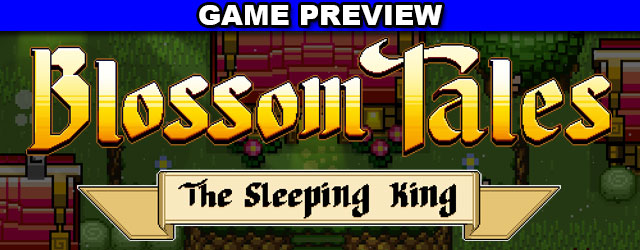
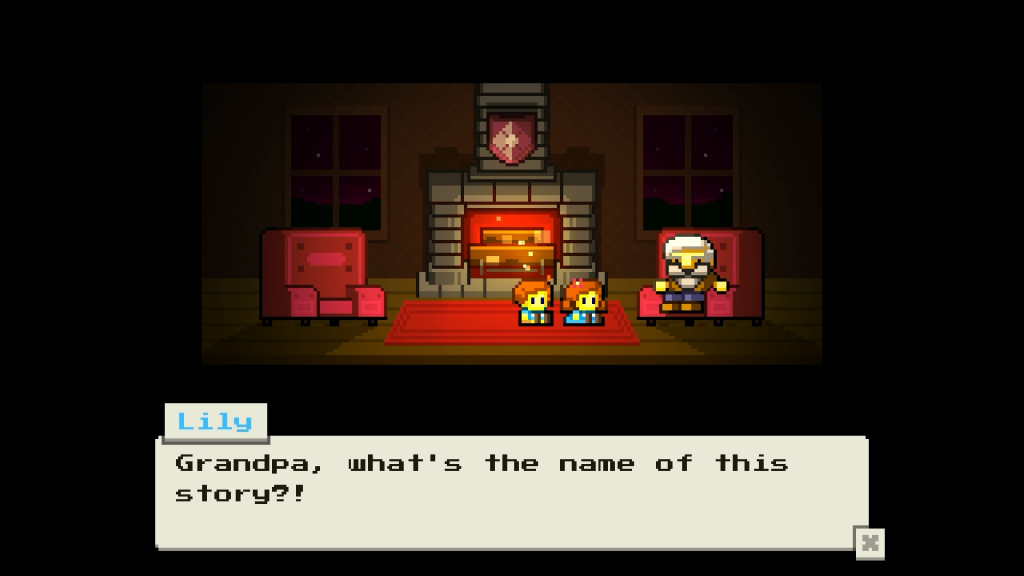
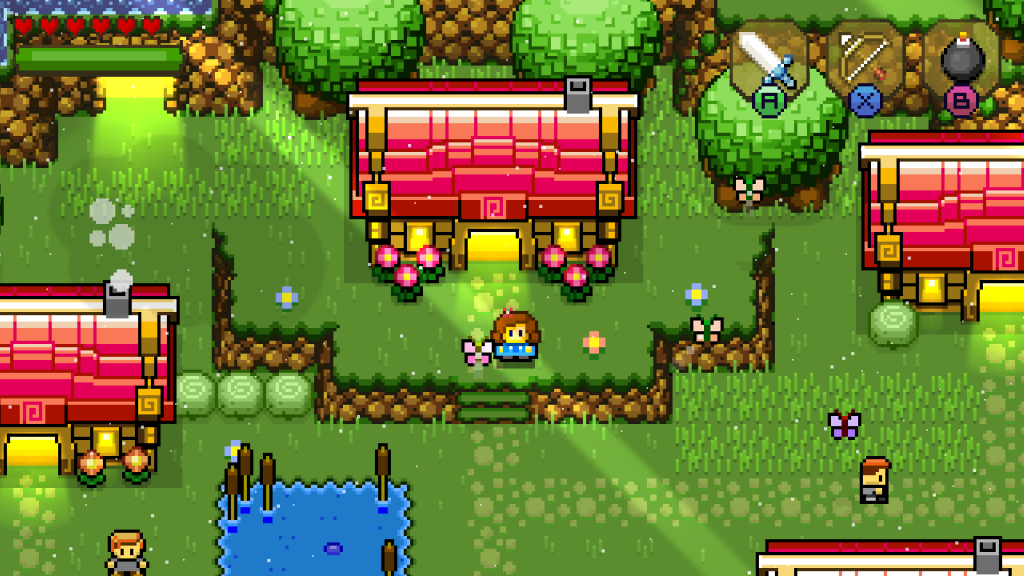
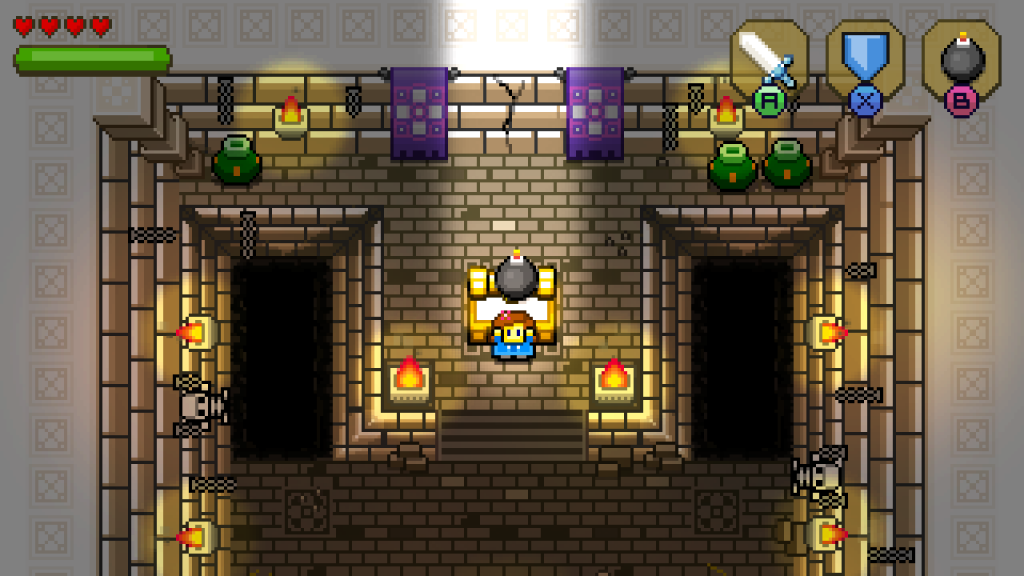









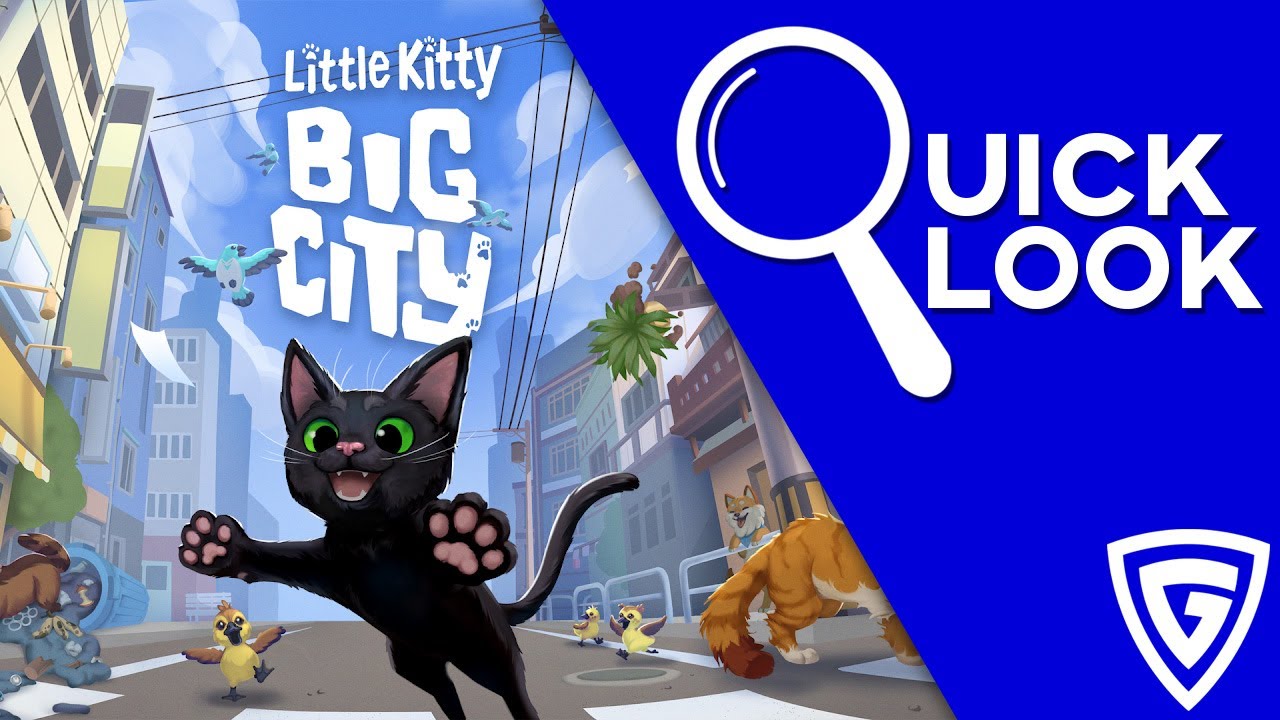
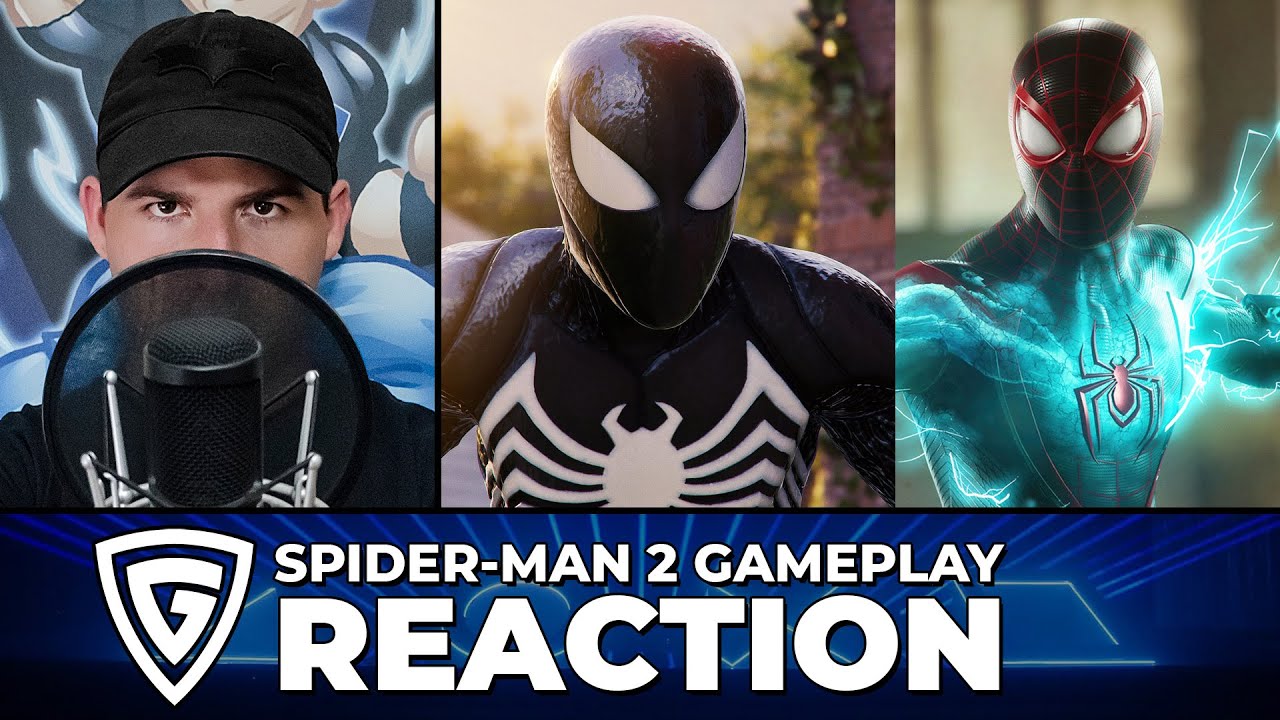
Add comment